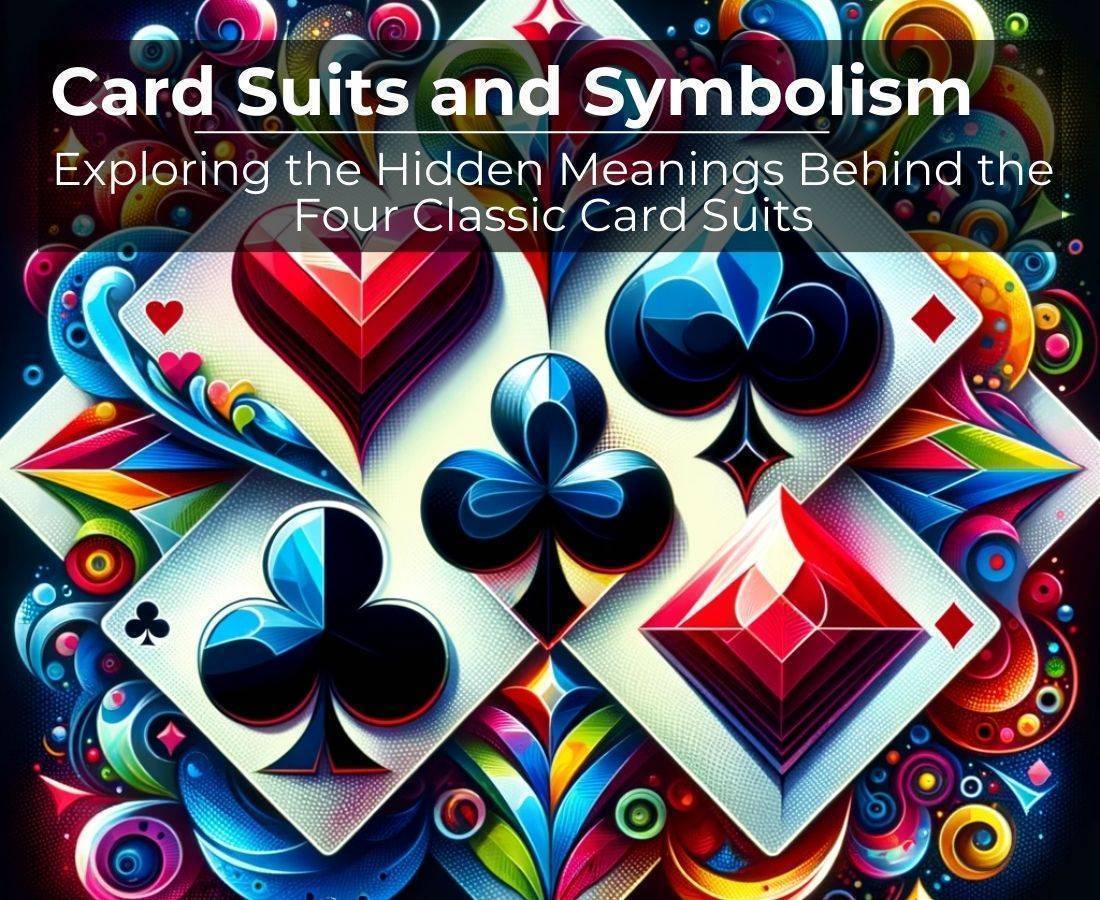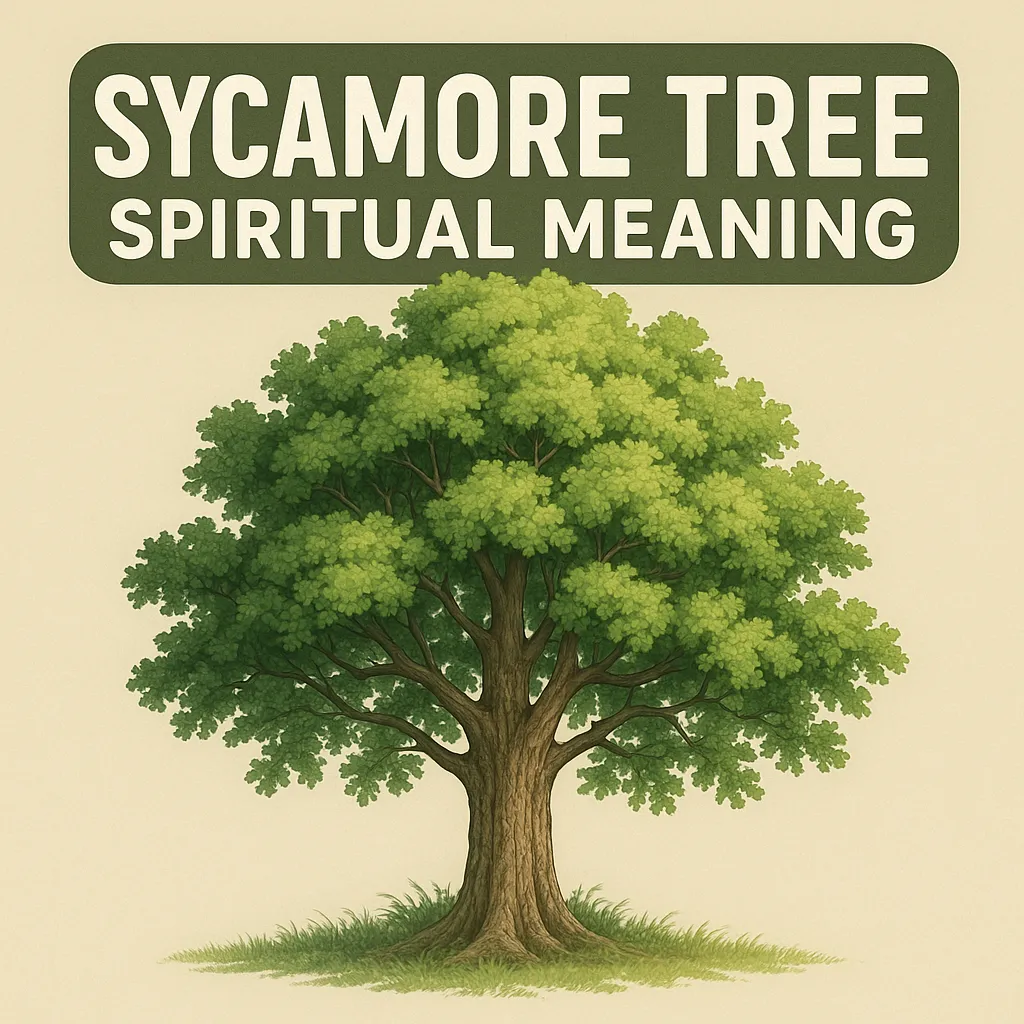|
Getting your Trinity Audio player ready...
|
The four distinct suits of playing cards—hearts, diamonds, clubs, and spades—have hidden cultural meaning and are frequently connected to games and entertainment.
These straightforward but potent symbols have captivated people for ages, and their appeal goes beyond simple card games. We delve into the intriguing world of card suits in this investigation, revealing the complex meanings and fascinating histories that lie behind the surface.
Symbols are strongly ingrained in many cultures, philosophies, and belief systems, even outside of the gaming table. Every suit has a narrative to tell, symbolizing many aspects of life, feelings, and even spiritual ideas. We will reveal the enthralling stories that have transformed the hearts, diamonds, clubs, and spades into more than simply cards—into symbols of significance—from their enigmatic beginnings to their development.
Table of Contents
Key takeaways
- Historical Origins: Playing cards originated in ancient China during the Tang Dynasty and later spread to Europe in the 14th century, adapting to different cultures.
- Cultural Significance: Each card suit—hearts, diamonds, clubs, spades—has deep cultural and symbolic meanings, reflecting aspects of life, emotions, and spiritual beliefs across different civilizations.
- Evolution of Meanings: As playing cards became popular in Europe, the meanings of these suits evolved, with hearts symbolizing emotions and love, diamonds representing luxury and prosperity, clubs indicating growth and agriculture, and spades associated with death and rebirth
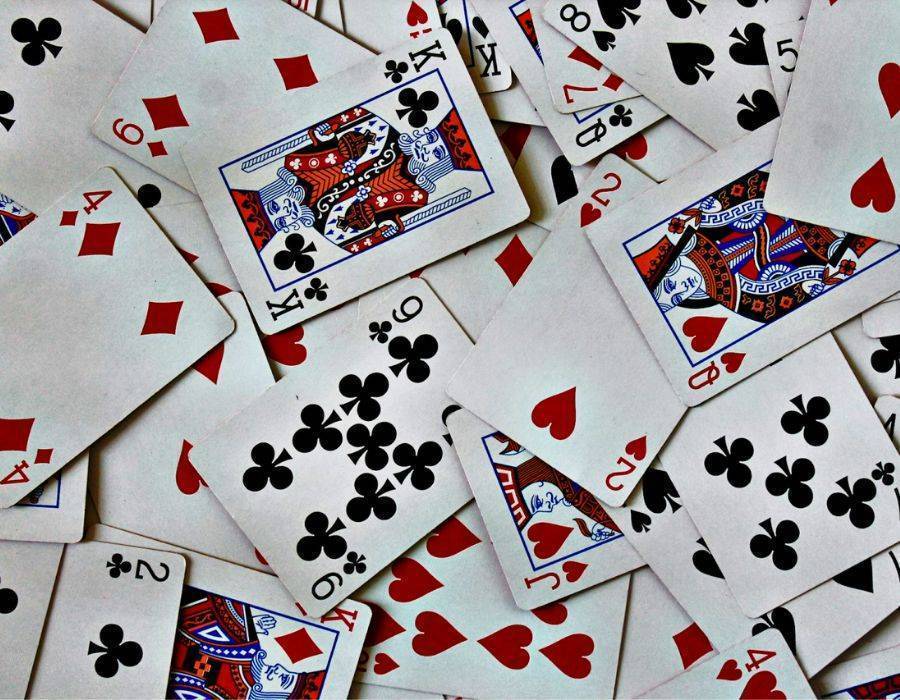
Playing cards
The history of playing cards is extensive, spanning several ages and continents. They came from ancient China during the Tang Dynasty and traveled to Europe in the latter part of the 14th century via trade channels.
Interestingly, playing cards are fascinating because of how well they adapt to diverse civilizations. Different societies have given card suites different meanings, including spades, clubs, diamonds, hearts, and so on.
In Europe, they stand for feelings and love; in the Islamic world, for riches and prosperity; in certain places, for agriculture and growth; and in others, for life and death.
These symbols are much more than just symbols used in games; they are a global canvas for cultural expression and interpretation. Speaking of games, if you’re interested in exploring gaming culture further, you’ll find a wide variety of options, including online pokies in Australia, that have also become an integral part of contemporary entertainment.
How Card Suits Were Born
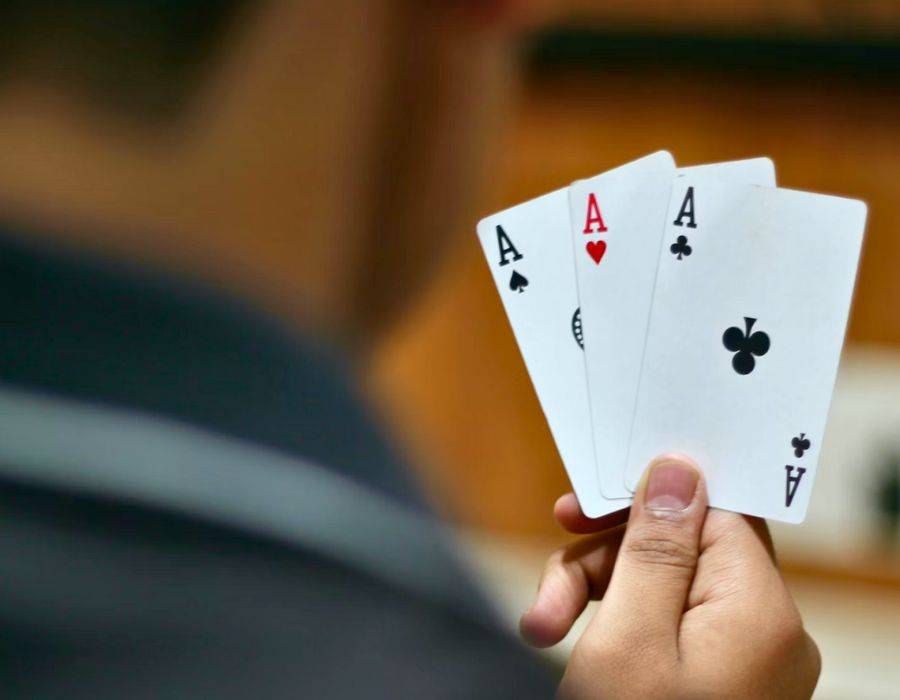
The Tang Dynasty in ancient China (618–907 AD) saw the birth of card suits. Early Chinese card games used various cases and symbols, each meaning something. Hearts symbolized happiness and love, clubs meant success and wealth, spades signified death and rebirth, and diamonds meant wealth and luck.
These symbols were not just playthings but were also used for fortune-telling. And they all had deep symbolic implications. Chinese playing cards were intricate, often combining calligraphy and ornate artwork reflecting the era’s aesthetic and philosophical leanings.
Cards’ journey to Europe
The journey of playing cards from China to Europe is a tale of trade and cultural exchange. During the later part of the 14th century, Mamluks, a dynasty from Antioch, took the cards to Europe.
As the cards moved across the continent, they mirrored the customs and preferences of the local. The suits evolved over time, finally becoming the familiar hearts, clubs, diamonds, and spades.
Their symbols changed as they became more widely used in European games and society. The playing card’s widespread use and acceptance in the West resulted from its popularization in Europe.
Changes in Suits Over Time
The meanings of the card suits further changed as playing cards became more popular in Europe and beyond. Hearts began to symbolize emotions and love, diamonds stayed associated with luxury and prosperity, clubs started to symbolize growth and agriculture, and spades kept their meaning of death and rebirth.
Not only did their meanings change throughout time, but so did their artistic representations; every suit had an own visual design. As time went on, playing cards evolved from a recreational tool to a reflection of the shifting social mores and cultural norms of the areas where they were first introduced.
The Four Main Suits and Their Symbolism
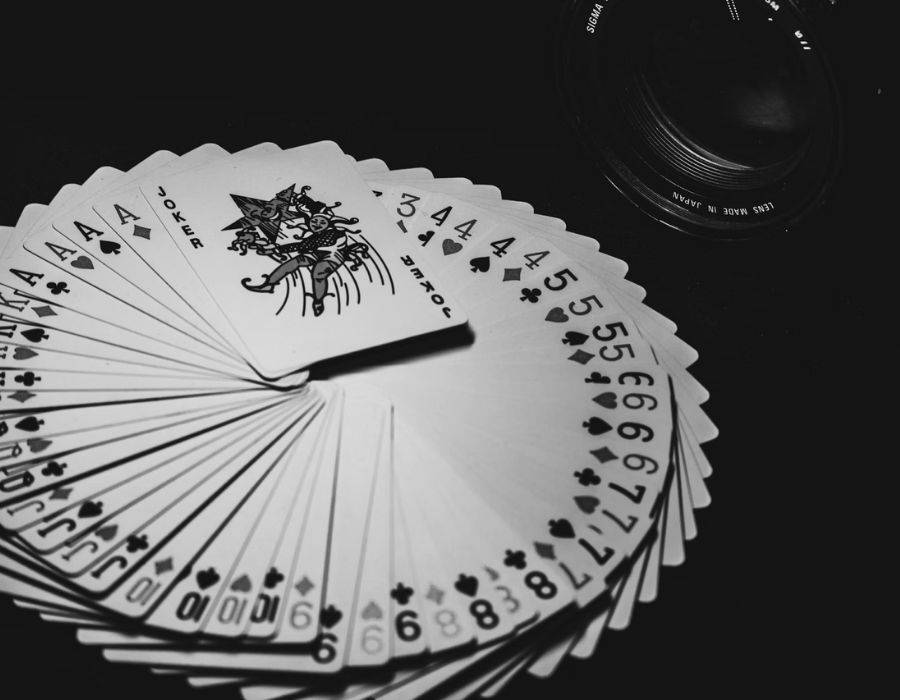
The four primary suits of playing cards are spades, clubs, diamonds, and hearts. Every one of these costumes has a distinct symbolism that extends beyond the realm of video games to have deeper significance in a variety of settings and civilizations.
Hearts – Symbolism of Love and Emotion
Hearts are represented by the recognizable red symbol on playing cards and are a global emblem for deep emotion, love, and affection. They capture things of the heart and go beyond simple gaming features.
In games like “Hearts,” where players strategically attempt to avoid acquiring heart cards, the heart suit frequently acts as the central theme. Hearts signify a strong bond between people and evoke feelings of romance and affection that extend beyond the gaming table.
Hearts have relationship-related meaning as well, serving as a constant reminder of the value of compassion and love in our lives. It serves as a reminder that although games might foster competition, the essence of the human experience lies in matters of love and emotion.
Hearts, with their enduring symbolism, serve as a gentle reminder that in the intricate tapestry of life, matters of the heart hold a unique and cherished place, both in games and in reality.
Diamonds – Richness Symbols
Diamonds, shiny and captivating, represent wealth and lots of physical goods. In card games, diamonds signify financial victories. Video games often use diamonds as cash or measurement units.
The symbol of diamonds makes us ponder about the worth of physical wealth. It reminds us that richness and luxury can entice us quickly, but the real value of things bought with money comes into question.
Linked with luxury for a long time, diamonds act as a mild reminder to consider the weight of physical and non-physical goods. They push us to think about the part wealth plays.
Clubs – Symbols of Growth
Clubs mean growth, fertility, and nature’s cycles. They often appear as designed clovers or greenery. The club in cards closely relates to farming ideas and nature. It encourages a look at nurturing, goal care, and relationship farming.
Picturing clubs helps to recall that growth is crucial in our world and goal pursuits. Like how plants need love and attention to grow, our wants, aims, and relationships also need hard work and dedication.
The club card serves as a gentle nudge. It tells us to welcome life’s phases and the potential for success. To do this, we must commit time and energy. It spotlights the growing process and its significance.
Spades – Sign of Death and Soldiers
Spades link to the military and death because of their sharp shape. In card games, they often signify challenges, conflict, and the need for bravery and smarts. The spade, although seemingly dark, shows us that confronting problems and adapting is part of being human.
Additionally, this card symbolizes respect for our soldiers. It showcases the importance of disciplined planning and behavior during conflicts. It underlines the necessity for courage, decision making, and managing difficult situations. Spades remind us that life is a road with hurdles and trials, and how we handle them shapes us and our journey.
Card Suits – Practiced Differently Across Cultures
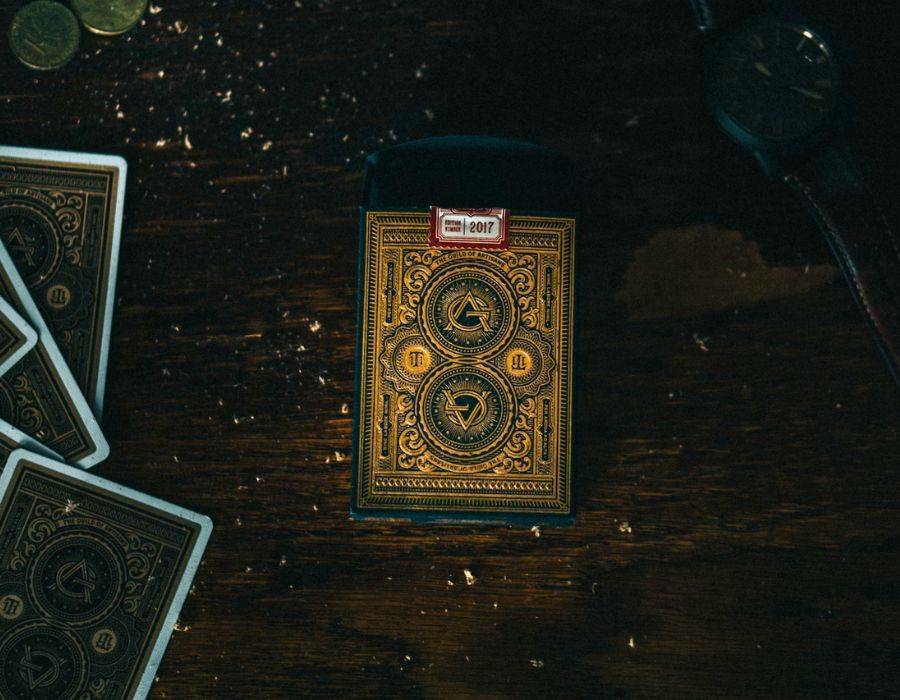
Playing cards are used worldwide and their symbols have been shaped differently by each culture. The French, German, and Italian card decks are notable for their distinct characteristics and suit emblems.
French Playing Cards: French cards consist of four suits – hearts, diamonds, clubs, and spades. They are widely used because they’re often seen as the “normal” deck. These suits symbolize love for hearts, wealth for diamonds, agriculture for clubs, and death for spades. French decks are known for elegant designs, skillful illustrations, and imaginative elements. They contain court cards full of rich pictures, like kings, queens, and jacks, as well as the four suits. Their widespread use is due to being suitable for various card games like bridge and poker.
German Card Decks: In Germany, playing cards are a bit unusual. There are four suits: hearts, bells, acorns, and leaves. Acorns indicate things like growth and farming, while leaves are about the outside world and nature. Bells bring thoughts of wealth and success, and hearts, as always, stand for love and feelings. If you compared them to French cards, they’re usually simpler, with less decoration, but they get used a lot in Germany’s hugely popular card games, Doppelkopf and Schafkopf.
Italian Card Decks: In Italy, their playing cards have different suits than the French or German ones. Italian cards use swords, cups, coins, and clubs. Like German acorns, clubs foresee progress and farming. Coins, like German bells, relate to wealth and physical goods, and cups hold the same meaning as hearts, relating to emotions and relationships. Swords indicate problems and fights. These decks are quite fancy, with detailed, colorful illustrations. One point of their fame is the traditional Italian card game Scopone where the goal is to grab certain cards to rack up points.
Tarot & Fortune Telling Card Interpretation
Every suit within a card deck can have a deeper meaning that goes past just normal card-play, especially in things like tarot reading or fortune telling. For example, a full tarot deck has 78 cards, which get divided into two categories: the Major and the Minor Arcana.
The Minor Arcana has four parts: wands (or rods), cups, swords, and pentacles (or coins), much like a regular card deck.
- Wands: Wands in the tarot deck symbolize action, fresh ideas, and motivation. They’re fire elements and signify ambition and vitality.
- Cups: Cups speak about relationships, emotions, and the subconscious. They are water elements and talk about feelings, intuition, and love.
- Swords: Swords stand for intelligence, conflict, and decision-making. They are air elements and reflect issues, mental sharpness, and conversations.
- Pentacles: Often linked to the earth, pentacles symbolize physical possessions, wealth, and being practical. They highlight finance, jobs, and earthly matters.
Fortune tellers still use card suits to convey meanings and give insights into life. Decoding the cards’ positions and surrounding cards helps them provide wisdom and forecasts.
Moreover, card suits are popular symbols in modern literature media. They’re used in books, movies, etc., as metaphors for different themes, characters, and plot points.
For instance, hearts can mean love, clubs for hurdles, diamonds for greed and goals, and spades can imply betrayal or even death. These universal symbols add depth and various interpretations to stories.
Card Suits and Social Classes: The Link
Playing cards were not just for fun in the past. They showed the societal rankings of its time. Card suits and social hierarchy were linked.
In Europe, during the late Middle Ages and Renaissance, card playing was a high-class activity. The four suits, or card symbols – hearts, diamonds, clubs, and spades, represented members of society. Hearts symbolized the religious people, diamonds stood for business folks, clubs indicated peasants, and spades represented nobles and soldiers. This mirrored the power held by the higher class.
The clear tie between card suits and societal ranks is no longer obvious today. But, some cultural or literary references hold hints of it. The suit of hearts commonly represents love and emotions. Diamonds signify wealth and riches. Clubs symbolize growth and energy. Spades often mean challenges and battles. We can still hear the traces of history in these meanings today.
Today’s popular card games, like bridge and poker, have changed card value orderings. But the suits still mean something important. This shows that the link between card suits and social classes isn’t gone yet.
Conclusion
Card suits in games mean more than just rules. They’re a mix of symbols, culture, and history. Hearts, diamonds, clubs, and spades have seen many changes, reflecting human ideals and life.
These suits have traveled a long journey. They started off in ancient China, passed down trade paths, and finally reached the royal courts of Europe.
Today, card suits are cherished cultural symbols with unique meanings.
These symbols make card games richer. They evoke feelings, symbolize growth and wealth, sometimes even conflict. Card suits remain a key part of our shared past.
